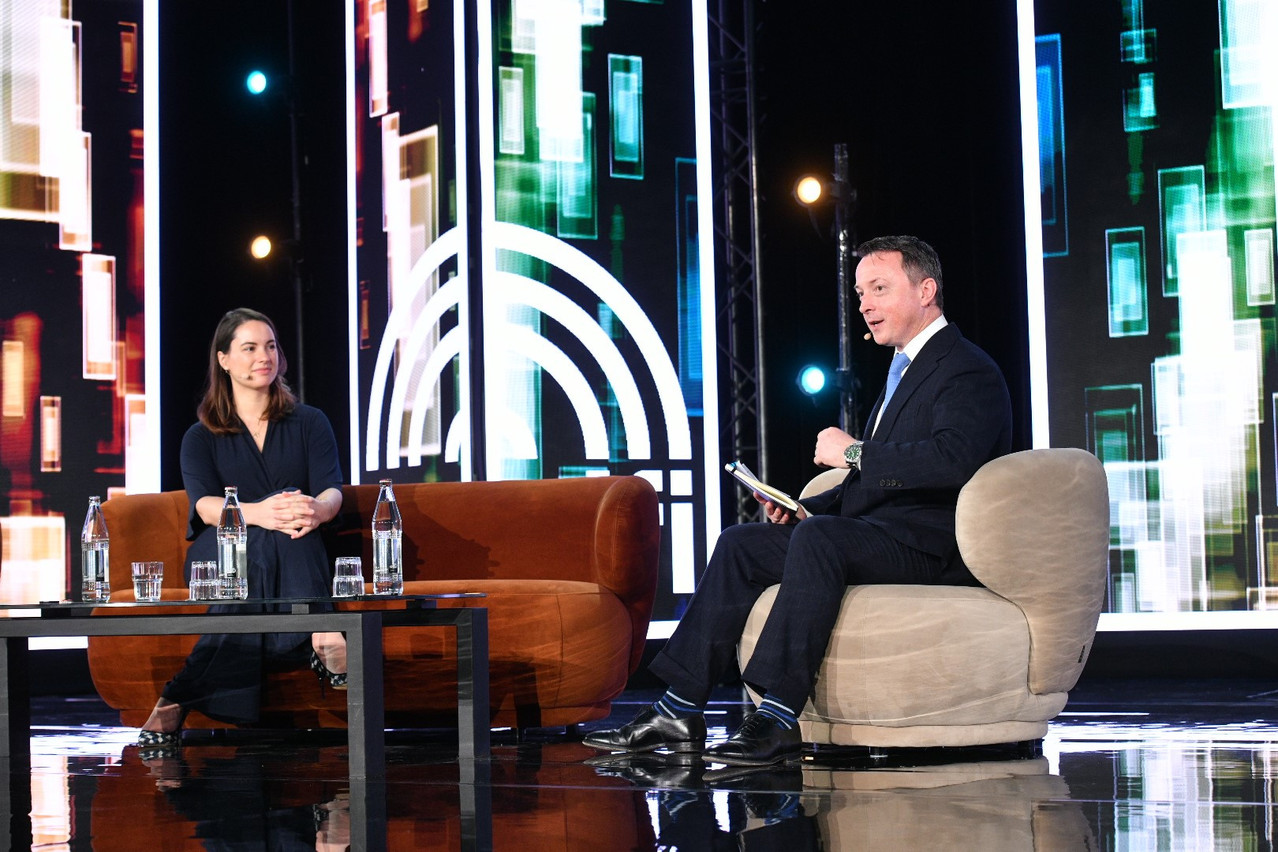Franklin Templeton (FT) has achieved a significant milestone, as Luxembourg is now home to the . Catriona Kellas, international legal lead, digital projects at Franklin Templeton, explained at the Alfi Global Asset Management conference held on 25 March 2025 that tokenisation involves using blockchain technology to record assets such as shares.
FT has adopted a model where they issue shares natively and directly onto the blockchain, a journey that began with proof-of-concept works around 2018. According to Kellas, their initial foray resulted in the first retail mutual fund in the US to be issued on the blockchain in 2021, a money market fund.
FT has now received CSSF approval in Luxembourg for a fully tokenised fund, launched in the first quarter of 2025.
Cryptocurrencies and the underlying blockchain technology are not the same
“All cryptocurrencies use the DLT [distributed ledger technology], but not all instruments using DLT are cryptocurrencies,” pointed out Kellas. She remarked that cryptocurrencies like Bitcoin and Ether are native tokens, whereas secondary tokens on a blockchain can be customised with “any kind of controls that we see fit” for purposes such as mutual funds.
FT's motivation to explore blockchain stemmed from managing $1trn in assets under management and the potential to optimise their transfer agency operations by improving data and record management. Their commitment extends beyond adoption; they actively operate on various blockchains. “We're invested into the technology, in that digital ecosystem, because we feel that's the best way for us to understand how these technologies work,” stated Kellas.
Tokenisation: a path to enhanced security, transparency, liquidity and efficiency
Kellas commented that security in this context has two aspects: the inherent robustness and immutability of public blockchains providing an audit trail, and the customisable security measures embedded within the tokens themselves. These controls can include the ability to claw back tokens and restrict peer-to-peer transfers to whitelisted wallets, mitigating risks associated with lost credentials common in crypto assets.
Kellas noted that transparency is achieved by sharing immediate transaction data 24/7/365 on the blockchain, though investors' personal information remains protected in a separate off-chain database even on a public blockchain. This level of transparency can significantly ease fund oversight by custodians, intermediaries and regulators.
New kid on the block: blockchain transfer agency system
FT has developed an in-house blockchain transfer agency system, a key innovative piece of technology enabling them to effectively act as a digital transfer agent. “It took several years to build that and [we] worked closely with the SEC.”
Kellas commented that their system can operate across multiple blockchains; currently, FT operates over eight public blockchains in the US and one in Luxembourg. “More are scheduled to come.” The asset manager operates validated nodes on eleven different blockchains to understand their functionality.
The selection of blockchains depends on factors such as client demand (sometime “digital natives” on platforms such as Polygon), uptime, third-party code audits, embeddable controls, operational costs, and the number of participants for redundancy and security.
To go public versus private blockchains?
Kellas stressed that FT “feels strongly” in favour to public chains for fund tokenisation. She believes that private chains pose challenges in interoperability and integration, potentially leading to a complex environment for clients and other industry stakeholders.
The digital asset ecosystem and traditional asset managers is not a mature relationship yet
Private chains may also struggle to achieve scale, hindering operational efficiencies and cost reductions. “If every actor was starting to use a private chain, it could cause a hopeless integration project… and not achieve scale that can stop you from effectively realising operational efficiencies and cost reductions simply because you have fewer actors to spread those costs.”
While private chains offer more control, she argued that the programmability of tokens on public chains allows for “same control” measures with the added benefits of fostering innovation and wider adoption.
Education is key for adoption
“The digital asset ecosystem and traditional asset managers is not a mature relationship yet,” stated Kellas. She noted that bringing the tokenised fund to market has presented challenges, particularly in educating stakeholders (both internally at FT and externally with clients) about the nature of the product and its distinction from crypto assets. “It's not uncommon in discussions with regulators to have to make that point together, this is not a crypto asset.”
There can be a mismatch of understanding with regulators initially. Internally, FT had to adapt traditional due diligence processes for fundamental research to the evaluation of blockchain technology required the development of bespoke procedures.
She described her experience with Luxembourg’s Financial Sector Supervisory Commission (CSSF) as positive, characterised by a “genuine commitment to tech neutrality.” Kellas observed that the CSSF focussed on ensuring that FT could meet their principles and challenges regardless of the technology used. She sensed a “forward-thinking attitude” facilitated a collaborative process.
Notably, FT had to reapply for their transfer agency licence in Luxembourg, demonstrating compliance for their digital transfer agency platform from the ground up. “It wasn’t just a case that you could tweak a couple of policies and procedures that were already in place.”
